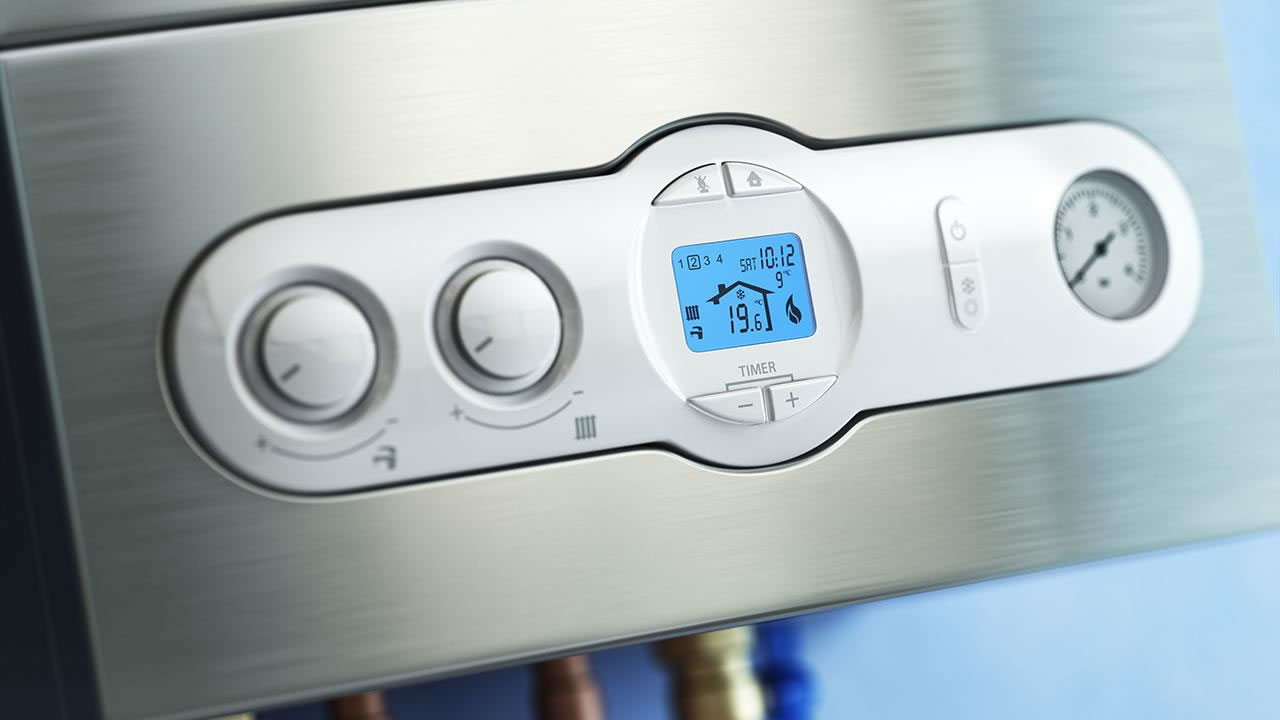Maintaining optimal pressure in your boiler is essential for its efficiency and longevity. One crucial aspect of boiler upkeep is repressurization. This involves adding water to the system to achieve the correct pressure level. Below, we present a straightforward guide on how to replenish your boiler pressure.
Step 1: Locate the Filling Loop and Pressure Gauge
Find the filling loop, typically a small valve near the boiler, and identify the pressure gauge, usually displaying pressure levels via a dial.
Step 2: Power Down the Boiler
Before commencing the repressurization process, ensure the boiler is switched off to mitigate any potential risks.
Step 3: Open the Filling Loop
Attach a hose to the filling loop and begin adding water until the pressure gauge reaches the recommended level.
Step 4: Close the Filling Loop
Once the pressure gauge indicates the appropriate pressure, close the filling loop and restore power to the boiler.
By adhering to these straightforward steps, you can effectively replenish your boiler pressure, ensuring its continued smooth operation. If you’re unsure or uncomfortable performing this task independently, it’s advisable to seek assistance from a qualified professional.












